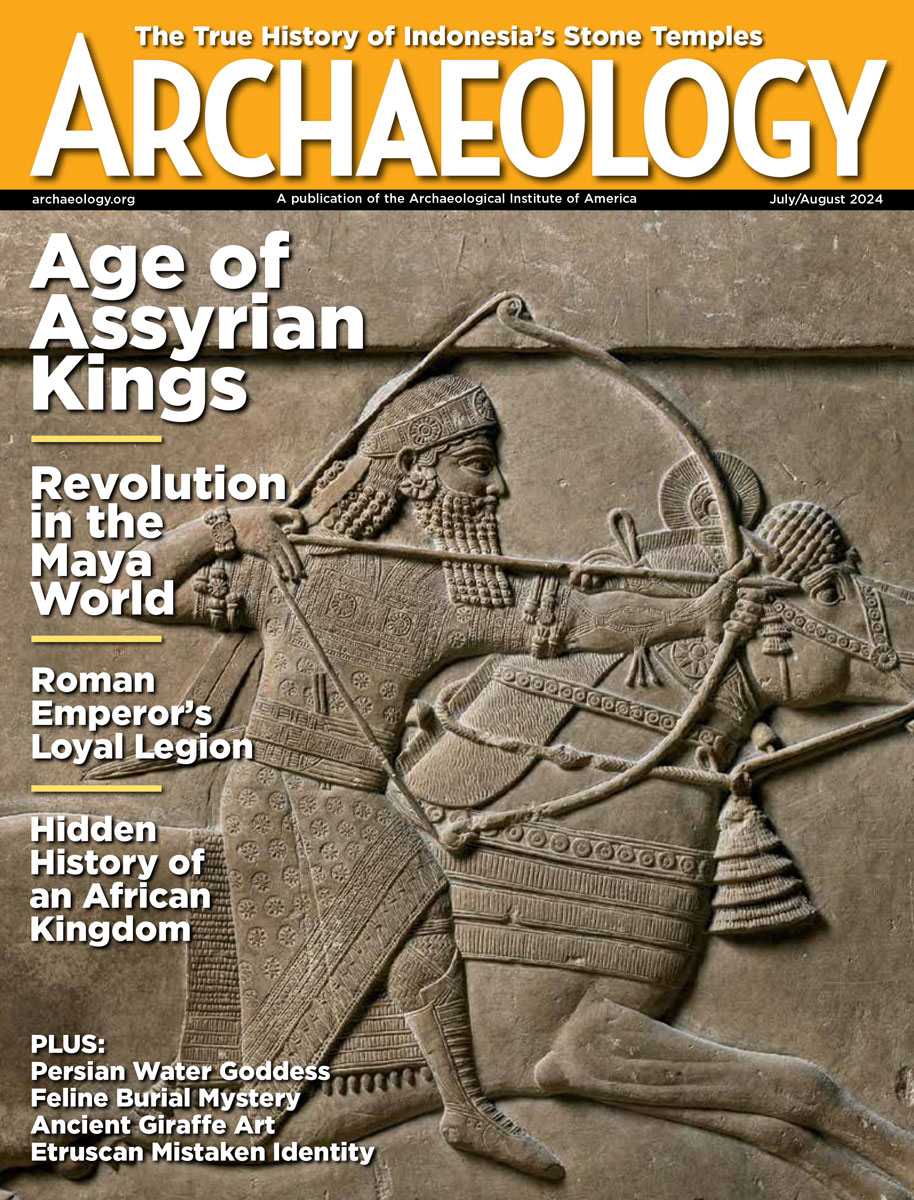Thursday, February 16
February 16, 2012
Analysis of Mesolithic artifacts discovered in the Solent, a strait separating the Isle of Wight from mainland England, has shown that the area once contained a boat-building site. Food, string, flint tools, and wooden boat and structure parts have been found.
A team made up of archaeologists, climate modelers, and palaeoclimatologists will look at correlations between climate and changes in human culture some 70,000 years ago, when the Earth began to cool, sea levels fell, and the population of modern humans dropped dramatically. Archaeologist Chris Henshilwood of the University of Bergen in Norway leads the team. This article in Nature describes his work at Blombos Cave on South Africa’s Southern Cape, a testing ground for the project.
M.R. Raghava Varier of Calicut University has found a drawing of Brahma, the Hindu creation god, accompanied by an inscription, in southwest India’s Edakkal Caves.
Archaeologists are using balloons and blimps to take aerial photographs of two large circular stone formations known as medicine wheels  in Oregon’s Stinkingwater Mountains. 3-D software is then used to assemble the photographs into a surface model of the medicine wheels. “While we may never know exactly which cultural group might have been responsible for the stone circles, their rarity in this region deserves a level of protection that will guard them for future study,†said Patrick O’Grady of the University of Oregon Museum of Natural and Cultural History.
The New York Times recalls when Tutankhamen’s burial chamber was opened on February 16, 1923. It was dubbed “perhaps, the most extraordinary day in the whole history of Egyptian excavation.â€
- Comments Off on Thursday, February 16









